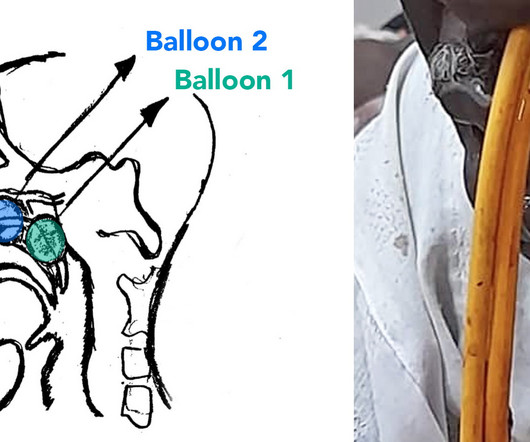Trick of Trade: Dual Foley catheter to control massive epistaxis
ALiEM
MAY 29, 2023
Massive epistaxis is considered a medical emergency that requires immediate attention. Symptoms of massive epistaxis include sudden and heavy bleeding from the nose, difficulty breathing, dizziness, and a rapid heartbeat. If left untreated, it can lead to significant blood loss, shock, airway obstruction, and even death. We report a case of a 50-year-old man with end stage renal disease with massive nasal bleeding from the left nostril, shortness of breath, and confusion.



























Let's personalize your content